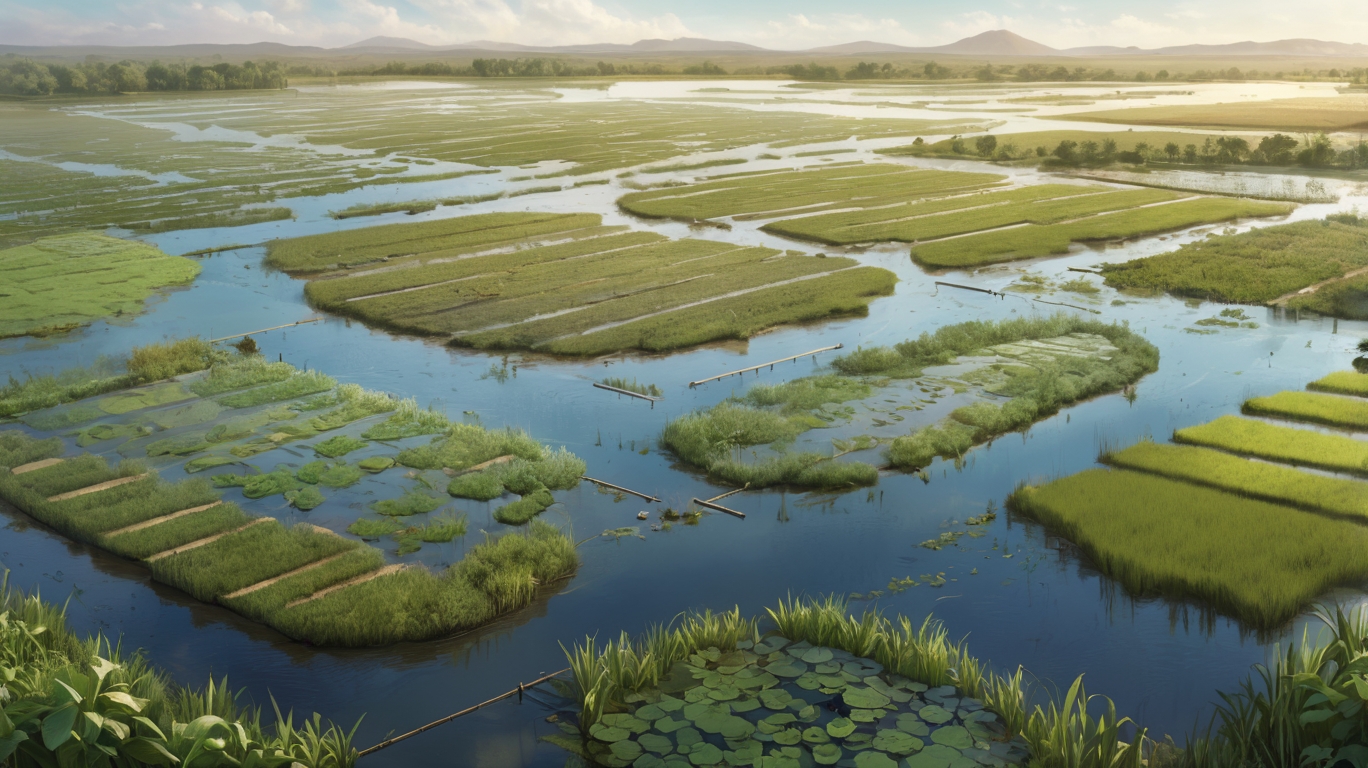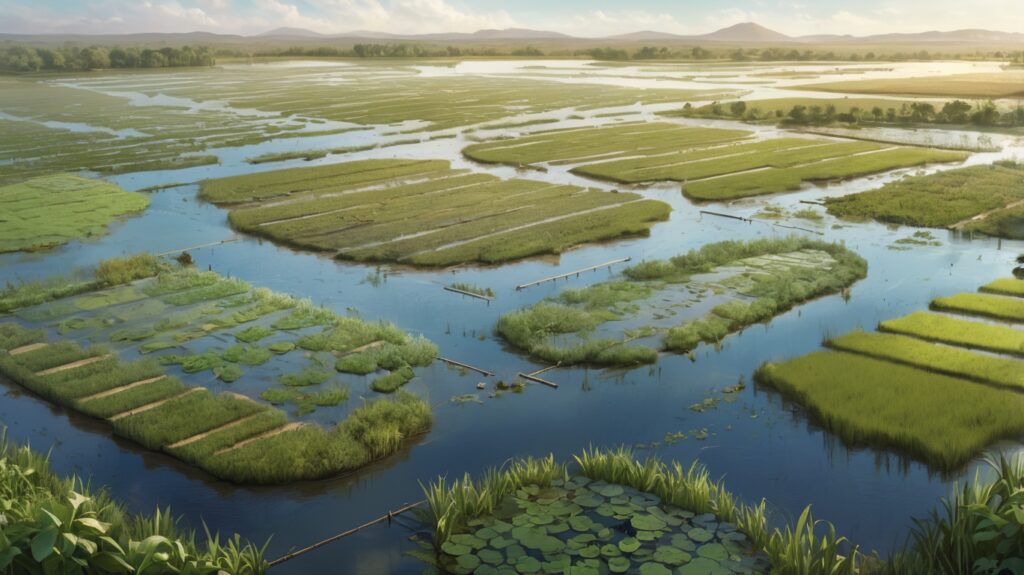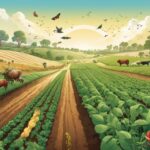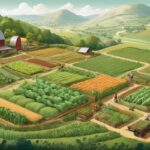The Role of Wetlands in Sustainable Agriculture
In the quiet embrace of nature, wetlands stand as serene yet powerful ecosystems that play a vital role in sustainable agriculture. Often overlooked, these water-rich landscapes—ranging from marshes and swamps to bogs and floodplains—provide essential services that support farming, biodiversity, and environmental balance. As the world seeks more sustainable ways to grow food, understanding the connection between wetlands and agriculture becomes increasingly important.

A Natural Filter for Water Quality
One of the most valuable contributions of wetlands to agriculture is their ability to purify water. As water moves through these ecosystems, plants and soil microorganisms naturally filter out pollutants, excess nutrients, and sediments. This process is especially beneficial for farms, as it reduces the need for artificial water treatment and helps prevent harmful runoff from reaching crops. By maintaining clean water sources, wetlands support healthier soils and more resilient agricultural systems.
Flood Control and Drought Mitigation
Wetlands act like sponges, absorbing excess rainfall and slowly releasing it during drier periods. This natural water regulation helps prevent flooding in agricultural fields while also ensuring a steady supply of moisture during droughts. In regions prone to extreme weather, preserving wetlands can mean the difference between a failed harvest and a thriving one. Their ability to buffer against climate extremes makes them indispensable allies for sustainable farming.
Biodiversity and Pest Management
A thriving wetland is a haven for diverse species, including birds, insects, and amphibians—many of which are natural predators of common agricultural pests. By fostering biodiversity, wetlands reduce the need for chemical pesticides, promoting more organic and eco-friendly farming practices. Farmers who work in harmony with nearby wetlands often find that nature itself helps keep their crops healthy.
Soil Enrichment and Carbon Sequestration
Wetlands contribute to soil fertility by trapping organic matter and nutrients, which can eventually enrich nearby farmland. Additionally, these ecosystems are exceptional at storing carbon, helping to mitigate climate change—a growing concern for agriculture. Protecting and restoring wetlands can thus play a dual role in enhancing soil health and reducing greenhouse gas emissions.
Balancing Conservation and Agriculture
While wetlands offer immense benefits, they are often drained or converted for farmland, leading to ecological degradation. Sustainable agriculture seeks a balance—recognizing that wetlands and farming can coexist. Practices such as agroecology, conservation buffers, and wetland-friendly irrigation methods allow farmers to benefit from these ecosystems without destroying them.
A Call for Thoughtful Stewardship
As we move toward more sustainable food systems, the preservation and restoration of wetlands must be a priority. By valuing these ecosystems not just for their beauty but for their critical role in agriculture, we can cultivate a future where farming works in harmony with nature—nurturing both the land and the communities that depend on it.
In the gentle rhythm of wetlands, there is wisdom for sustainable agriculture. Perhaps the key to resilient farming lies not in dominating nature, but in learning from its quiet, enduring balance.



